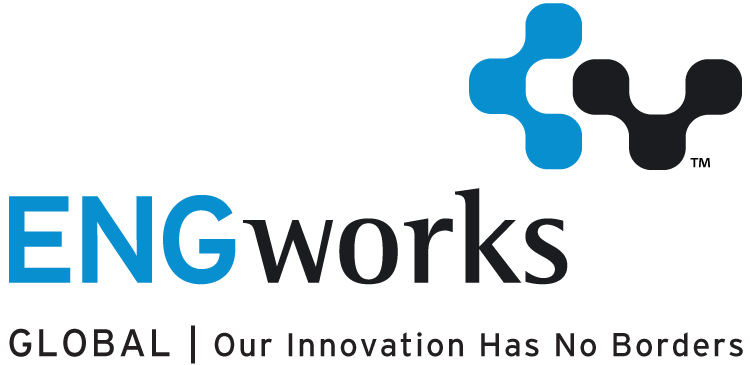Enhanced Visualization allows us the ability to experience the designed and coordinated environment like never before. Often times the term virtual reality is used as a catch-all term to describe all forms of digitized realities, when in fact there are mainly three (3) types of digitized realities.
Virtual Reality (VR) – Provides simulated interactive environment. Virtual reality applications are reflected on a computer screen or through stereoscopic displays. Virtual reality came into existence in 1860’s. Virtual reality is evolving into new folds in the field of games, music, radio, fine-art, motion pictures and learning. We believe that VR can be broken into three subsets, static, kinetic, and dynamic. These different experiences provide a simple walk-through with static VR to walking around a virtual environment with kinetic VR to being able to interact with the virtual environment with dynamic VR.
Augmented Reality (AR) – Consists of reality that incorporates your physical surroundings, augmented with an overlay of Virtual Reality. We are aware of both of the realities. For example – Pokémon GO. The key point is that the two realities do not interact with each other. We have been working with the Apple ARkit since it’s beta release to display our models in an overlay capacity. Further, we have several partnerships with leading AR development companies to push the possibilities of AR today and tomorrow.
Mixed Reality (MR) – Is the merging of real and virtual worlds to provide new environments and visualizations where physical and digital objects co-exist and interact in real time. Also known as hybrid reality. MR can be developed to present a unique set of information from plans to models to video conferencing with the office.
Many valuable benefits can be derived from enhanced visualization. Below are examples of several:
- Build stronger relationship with stakeholders, who felt they were part of the project.
- Build up client trust due to enhanced communication.
- Conducted constructability reviews during pre-construction that saved time in the schedule and improved overall project planning.
- Significantly reduced time and cost by conducting end-user testing using highly accurate virtual reality instead of building a physical model.
- Avoided rework and errors by making more informed decisions faster and more often.


